TOP 15 BEGINNER TIPS FOR WILDLIFE PHOTOGRAPHY
Wildlife photography is a challenging, exciting genre! Definitely my favourite. With practice it’s something you can become good at relatively quickly. Let’s jump right in and discover 15 tips to enable you to get some interesting wildlife photos!
- Start in your own backyard
Like anything, photography takes practice. The more you do it, the better you become. By practicing in your own garden, it’s not costing you anything and you can become familiar with your camera settings. You are also familiar with where in your garden the best light is, both in the morning and afternoon. Look for insects, birds, interesting leaf patterns, squirrels etc.
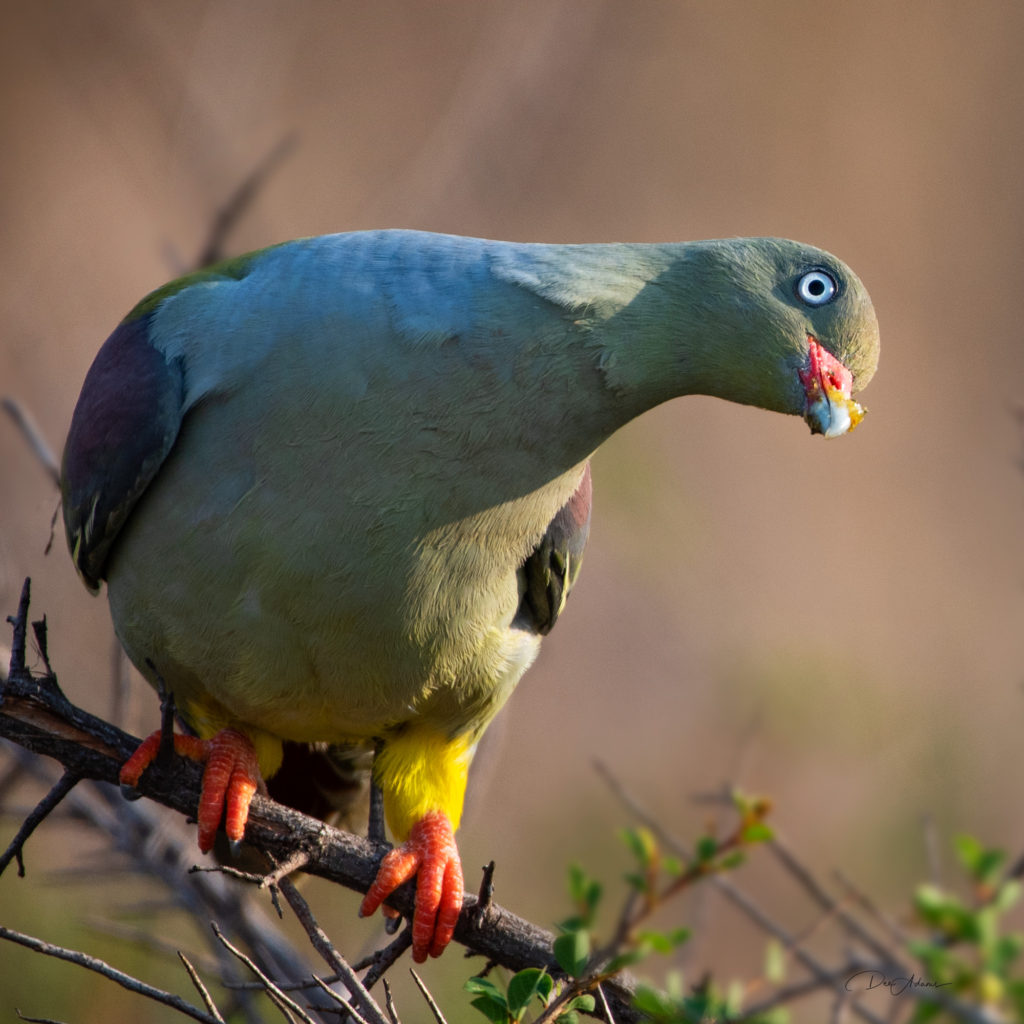
2. Location
Once you have practiced in your own neighbourhood, it’s time to head out to an exciting wildlife location! Either one in your own country or perhaps another exotic destination seeing as though the Covid restrictions are starting to loosen up. Yay! I’m planning on visiting Zimbabwe in May with some photographer friends of mine. There are such wonderful wildlife photographic opportunities there. If you haven’t been to the place before then I suggest you do some research on it. When is the best time of the year to visit? Are there any restrictions regarding photography, where are the best spots from a photographic point of view etc.
- Know your gear
With wildlife photography it’s obviously a big help if you have a zoom or telephoto lens. If you have a macro and / or wide-angle lens, are you going to take those with you too? Know how the lenses respond at different apertures and know what all the buttons mean on your camera. If you are still trying to figure that all out in the field, it’s likely you could miss that winning shot! But you’ve got this right? You practiced in your garden first! I will do a future blog on what cameras and lenses are best for wildlife photography.
- Know your subject
Knowing your subject obviously helps a lot because you can often anticipate the animal’s next move. When I was guiding at Londolozi Game Reserve I became good at predicting when a leopard would climb a tree. I could therefore get the vehicle into a good position for my photography guests.
If you are going to photograph polar bears for example and have never seen one before then try and ask local photographers for some tips or go out with them.
- Take lots of photos
Tip number 5 for wildlife photography. In the days of film, one had to be very conservative in the number of photographs one took because it was so expensive. Digital changed all of that! So, take a lot of pictures; practice! Also, if you are capturing a particular scene, for example lions fighting, take plenty of pictures! What have you got to lose? It will take you a little longer when sorting them but if it’s a unique scene it’s well worth the effort!
- Composition
There are a few composition rules which are helpful to follow as a beginner but as you become more experienced these rules can be broken. The common rule of thirds can be useful, where your image is divided by imaginary lines, three vertical and three horizontal. If your subject is positioned where two of these lines intersect it can make for a powerful composition. I will do a blog on composition in the future. Another composition technique to consider is if an animal is looking out to the side, give some space into which it can look. Also, when you are busy composing your picture, look out for any distracting elements in the scene. For example, a large branch, a very dark area or even a dustbin or sign. Try and avoid these and recompose if possible.
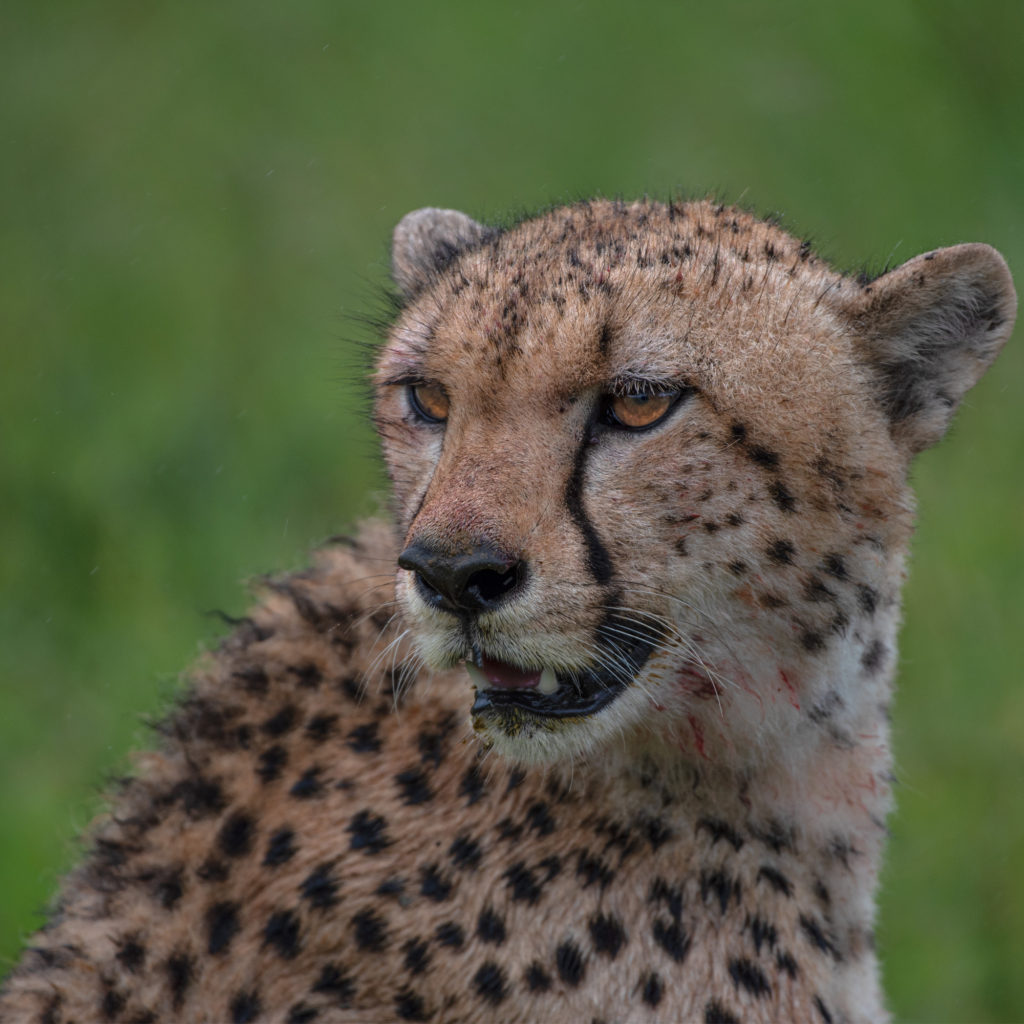
- Light
Six tips for wildlife photography covered. I think every photographer, even beginners, have had it drummed into them how important the ‘golden hour’ is. That time of beautiful, soft light, an hour after sunrise and an hour before sunset. Yes, that is the best time to take wildlife shots but it doesn’t mean you can’t capture great shots throughout the day – keep shooting! I also love taking shots in overcast weather because the colours are so saturated. Even during bad weather don’t stop shooting, you can capture unique images in the rain. I posted a shot on my Instagram account recently (@deeadamsphotography • Instagram photos and videos) of a young male cheetah in the rain.
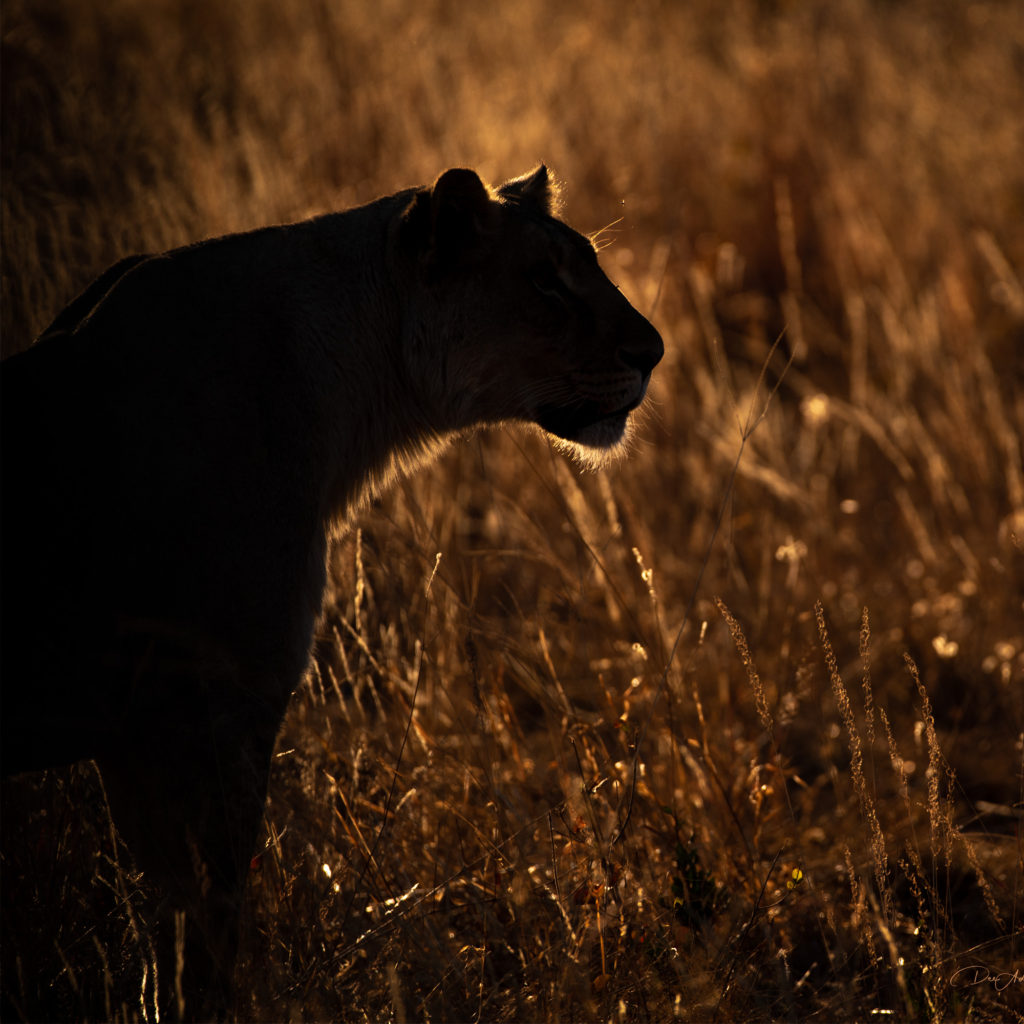
- Keep that camera steady
When I started out with photography, I was lazy when it came to using a tripod. It seemed such a mission to schlep it around. But when I reviewed my images on 100% and they weren’t sharp, that frustration hurt more than carrying the tripod! Use either a tripod or monopod. If you are in a vehicle, which is often the case with wildlife photography, then use a beanbag to steady your camera. If you have no choice and have to handhold for the shot then make sure you have a very fast shutter speed.
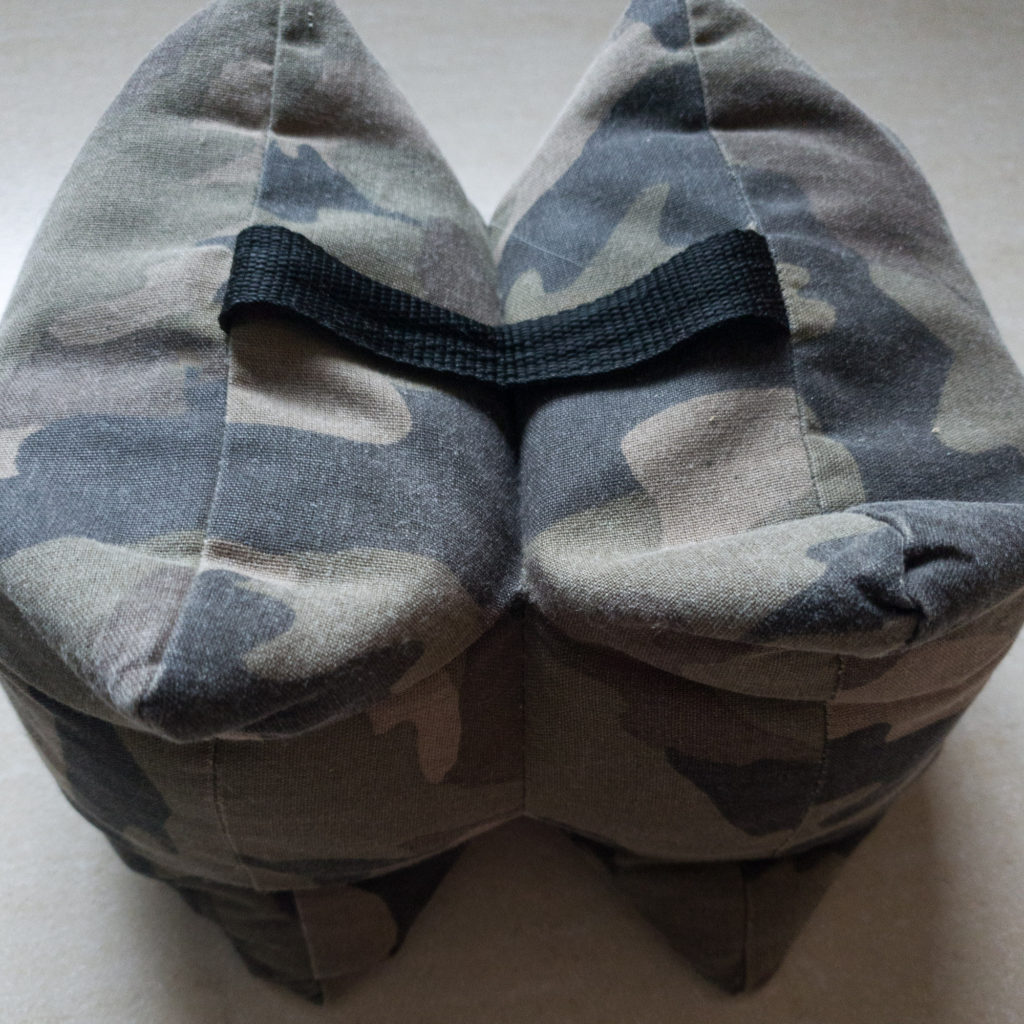
- Camera settings
The settings for wildlife photography will be very different to say portrait photography. Try and keep your ISO as low as possible. Your shutter speed usually has to be fast because of possible movement with animals and the depth of field you want will depend on the shot you are after. If you are taking a portrait shot of an elephant’s head, then it’s nice if you have a shallow depth of field with the background blurred. However, if you are taking more of a wide angle shot, including Mount Kilimanjaro in the background, then you need to choose an aperture of around f11, 13 or 16 because then the foreground and background will be in focus. If you really want to take your photography to the next level, I suggest setting your camera to Manual mode. I will cover the transition to Manual mode in a future blog post.
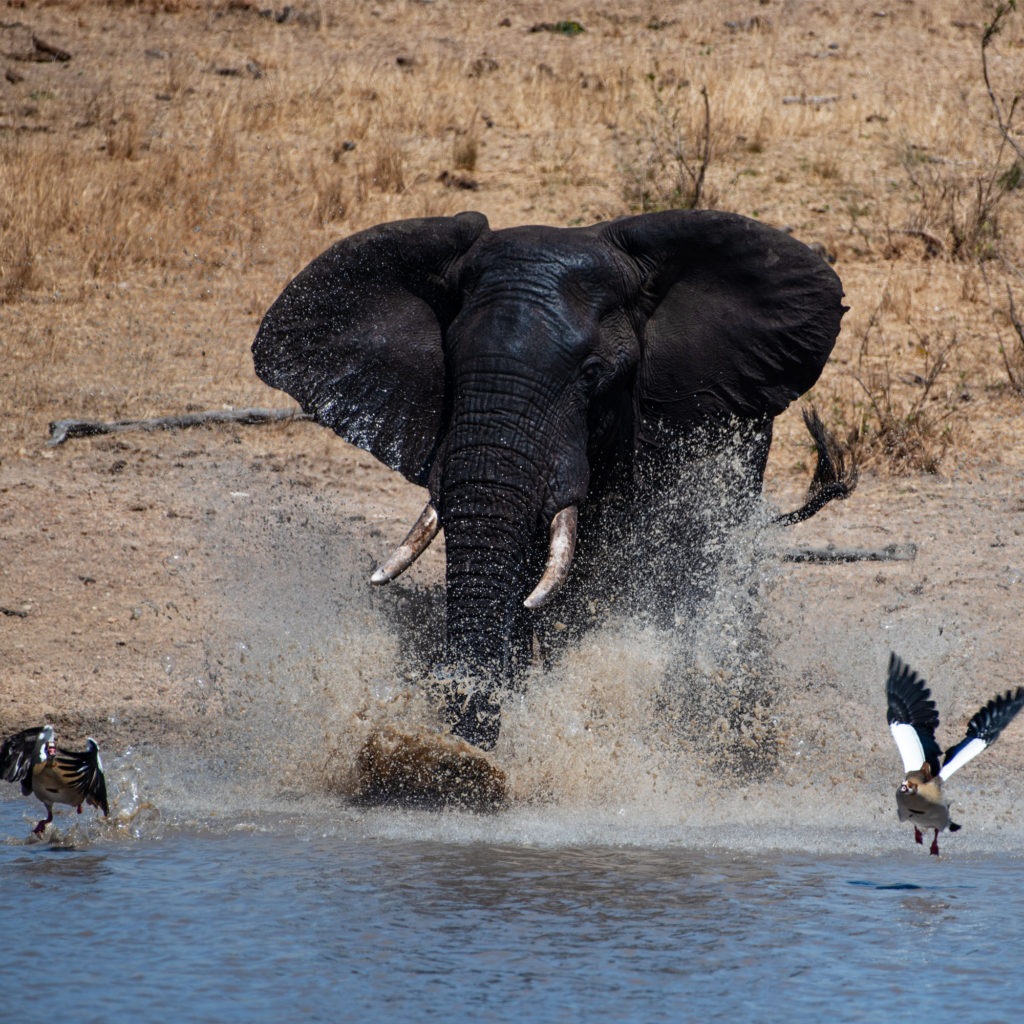
- Patience
I think it goes without saying that lots of patience is required for wildlife photography but what a beautiful environment to be in to wait for the shot. Birds singing, katydids calling and the breeze through the trees! Breathe in that fresh, outdoor air! Most times, your patience will pay off.
- Be a sensitive, ethical wildlife photographer
Do not interfere with the animals or environment. When I was guiding, if the animal was going to be disturbed or its behaviour was going to change as a result of me getting a better shot, I would always forfeit the shot. We are intruding in their space and must respect them. They should not be at any disadvantage with us being there. Respect Nature and you will be rewarded.
- Angles and perspective
If you are photographing a frog, tortoise, chameleon, insect or anything else close to the ground then try and take the photograph from ground level too. Even shots of wildlife are more impactful the lower down you can be. That’s why hides are great or canoes etc. Always think about your safety though. Look closer too. The number of times my husband and I will park at a waterhole and be watching animals drinking and then I look down at the grass next to me and spot a beautiful butterfly or bird …
- Eyes
Lucky 13. This is probably the most important tip for a wildlife photographer in my humble opinion. Focus on the eyes. The eyes must be tack sharp. Also try and get some light in the eyes. Wait for the animal or bird to turn and as soon as you see the catchlight in the eye press the shutter! It makes the world of difference to an image!
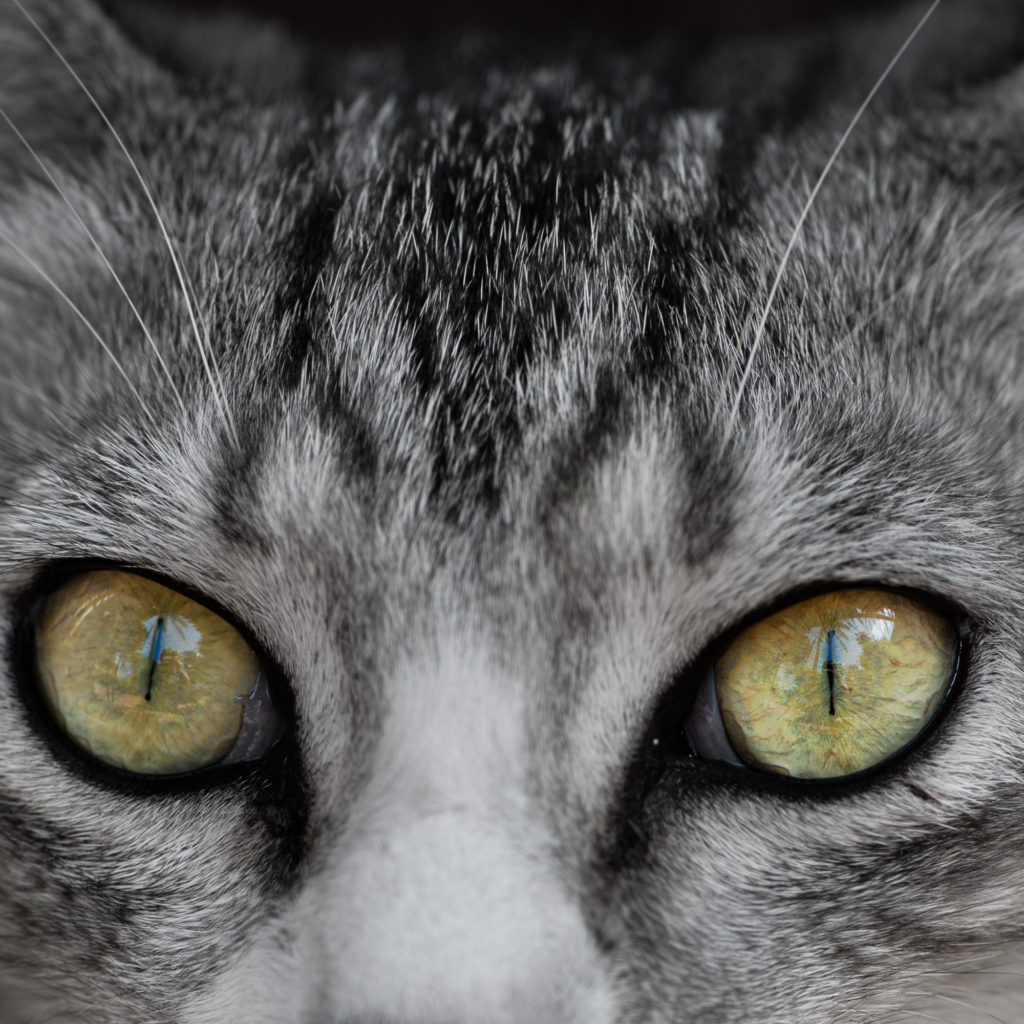
It is seldom said but it’s important to print one or two of your favourite photographs. Print them at a decent size; I’m not talking about postcard size here! There’s something about seeing your work printed on canvas or on fine-art paper and framed. Photography is an art.
- Network
The last of my tips for wildlife photography is to network and connect with other photographers if you can; we learn so much from each other. If you have a camera club in your community join it.
I hope you have found these tips useful. If you have something you would like covered in a future article, please email me at: deeadamsphotography@gmail.com
Happy clicking!
PS If you would like to see more examples of what we have discussed here please go to Home – Dee Adams PhotoArt
